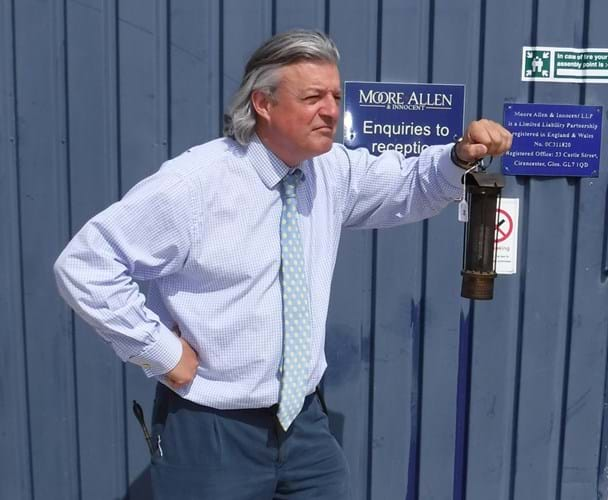
Cirencester auctioneer Moore Allen & Innocent offered the lamp on June 16 with a £100-150 estimate but two collectors pushed the price to £6000 on the internet before a further two bidders on the phones pushed bidding higher still, with a private collector in Europe securing it for £15,000.
The brass lamp, bearing manufacturer Robert Watson’s mark, had come to the saleroom in a box of junk metal. It was spotted by auctioneer Philip Allwood who took the decision to sell it as a separate lot.
“I did some investigating and found similar lamps making a few hundred pounds, but nothing identical to this one, which suggested it could be rare. I put £100 to £150 on it, but told my colleagues it could make much more,” he said.
A similar lamp sold at £2600 at Sheffield Auction Gallery in January 2014.
Contested Invention
The lamp is one of the most contested inventions in history. Three engineers claimed credit for the invention of the first miners’ safety lamp more than 200 years ago.
Following the Felling Colliery tragedy in 1812, when more than 90 men and boys were killed in an explosion, safety lamps were devised. Three models were created at the time: Sunderland physician Dr William Reid Clanny designed the cumbersome Clanny Lamp in 1813, while in 1815 hand-held lamps were designed by Cornish scientist Sir Humphry Davy and self-taught engineer George Stephenson.
Stephenson tested his lamp in the Killingworth Colliery near Newcastle before going into production with local manufacturer Robert Watson of High Bridge, Newcastle.
However, when he presented his solution to the Philosophical and Literary Society of Newcastle on December 5, 1815, it sparked accusations of plagiarism from Davy, who was privately working on a similar design.
It was not until 1833 that Stephenson was exonerated when a House of Commons committee found that he had equal claim to having invented the safety lamp.
But the fact that these lamps are generically known as Davy lamps suggests who won the popular argument.





